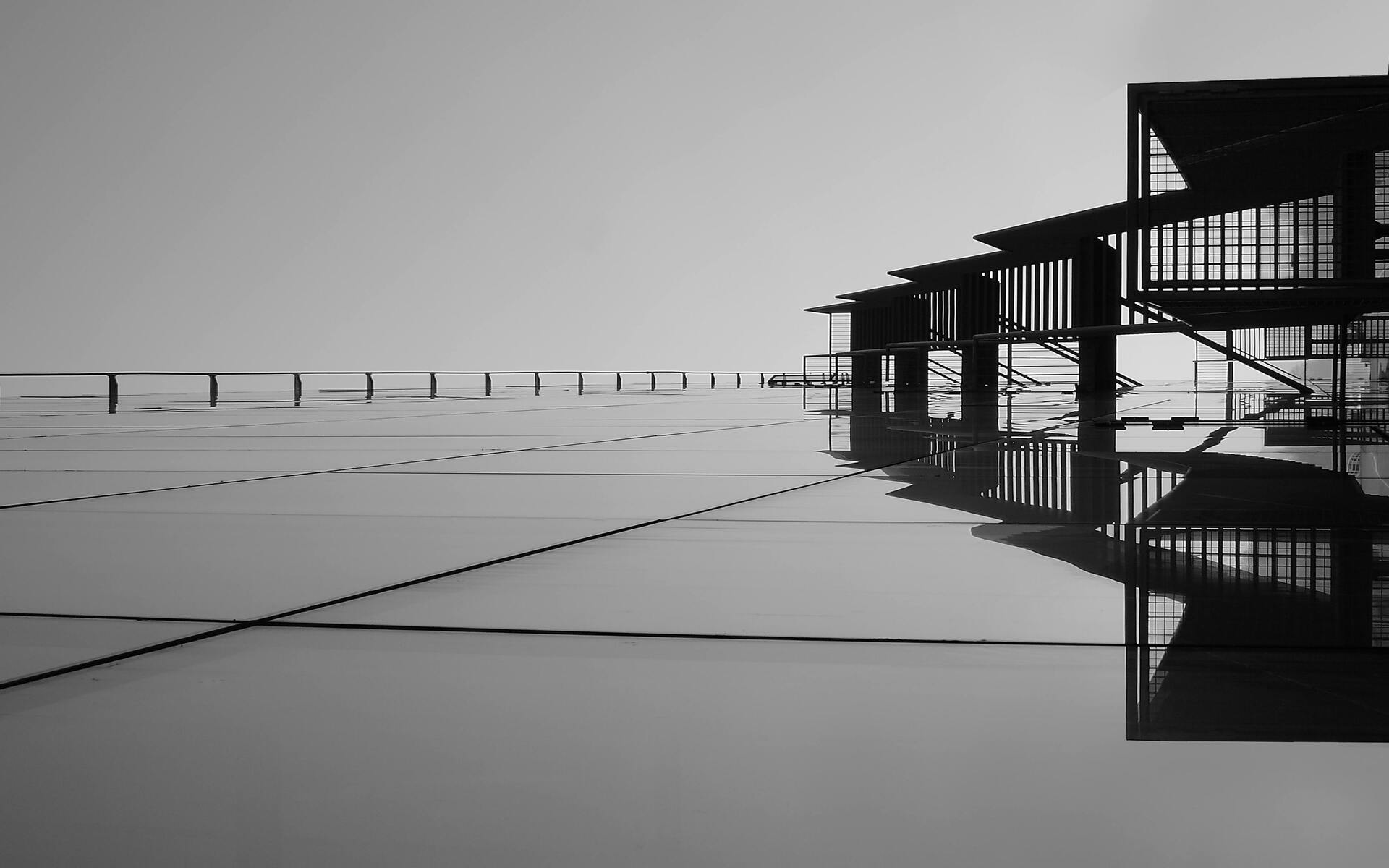
FAQ About Architectural Photography
Architectural Photography
2 years ago | gizem
How do I minimize distortion in architectural photos, especially with wide-angle lenses?
Minimizing distortion in architectural photos, particularly when using wide-angle lenses, is crucial for maintaining the integrity of architectural elements and ensuring that lines and shapes appear straight and natural. Here are several techniques to help reduce distortion in your architectural photography:
- Use Tilt-Shift Lenses: Tilt-shift lenses are specifically designed for architectural photography. They allow you to control perspective distortion by independently adjusting the lens's tilt and shift movements. This capability enables you to keep vertical lines straight and parallel, even when shooting from a low or high angle. Tilt-shift lenses are highly effective in minimizing distortion and are the preferred choice for many architectural photographers.
- Correct in Post-Processing: While it's ideal to minimize distortion in-camera, you can also correct it in post-processing using software like Adobe Lightroom or Photoshop. The "Lens Correction" or "Transform" tools can help straighten lines and correct perspective distortion. Keep in mind that this method may result in some loss of image resolution.
- Camera Height and Leveling: Ensure that your camera is positioned at the correct height and is perfectly level. Using a tripod with a built-in spirit level or an external bubble level can help achieve this. Proper camera alignment reduces distortion by maintaining straight lines and avoiding convergence.
- Keep the Camera Sensor Parallel: Keep the camera sensor parallel to the subject. Tilting the camera upward or downward can introduce perspective distortion, particularly when photographing tall buildings. Leveling the camera sensor helps maintain correct proportions.
- Choose the Right Lens: While wide-angle lenses are valuable for capturing expansive architectural scenes, be mindful of lens distortion. Some wide-angle lenses exhibit more distortion than others. Consider using lenses known for minimal distortion or those with rectilinear designs.
- Compose Carefully: Pay close attention to your composition and framing. Avoid placing critical architectural elements near the edges of the frame, where distortion is often more pronounced. Center the subject and use the "Rule of Thirds" or other composition techniques to maintain balance.
- Zoom In Slightly: Instead of using the widest focal length, zoom in slightly to reduce the amount of distortion in your image. This can help mitigate the stretching effect that is common at the extreme edges of ultra-wide-angle lenses.
- Use Perspective Control Tools: Some digital cameras offer in-camera perspective control or distortion correction features. These tools can help automatically correct distortion during capture, but they may result in a reduction in image resolution.
- Shoot in Live View: When using Live View mode on your camera's LCD screen, you can often see perspective distortion in real time. This can help you make necessary adjustments before taking the shot.
- Practice and Experiment: Reducing distortion with wide-angle lenses may require practice and experimentation. Try different angles, heights, and lens settings to find the most effective approach for a specific architectural subject.
